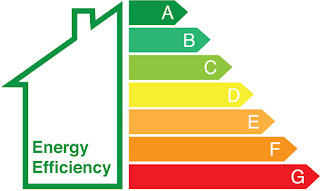Changes to Energy Efficiency Standards - are you ready?
Changes to energy efficiency standards
are you ready?
As a landlord you must have read and heard about the energy efficiency regulations, introduced last year, which made it against the law from 1st April 2018 for landlords to let residential or commercial properties with an Energy Performance Certificate rating of less than E.
If you were a Landlord with existing tenancies, you were given a further two years to make improvements to their rental properties to bring them up to the minimum standards required.
Lets clear up what landlords might need to do:
- Need to spend up to £3,500 towards improving rental properties that have an F or G rating to bring them in line with the minimum energy efficiency standards, which must have a minimum of an E rating from 1st April 2020.
- Landlords can choose which improvements they make, according to the guidance, as long as they are confident that those improvements will bring their property to a minimum E rating. Improvements could include insulating the loft, roof or walls; upgrading the boiler; or installing low-energy lighting.
- If they make improvements which are not “relevant energy efficiency improvements”, and the property is still below an E rating, they’ll need to make further improvements.
- A landlord who has made all the “relevant energy efficiency improvements” but the property is still below E, will be able to apply for an exemption.
And a friendly word of warning though, your local authority will have the power to impose fines of up to £4,000 and, if the property still isn’t up to standard after three months, landlords could be fined up to 20% of the property’s rateable value. They could also lose rental income during the period that the property is unlettable.
www.roomieslettingsandmanagement.co.uk



Comments
Post a Comment